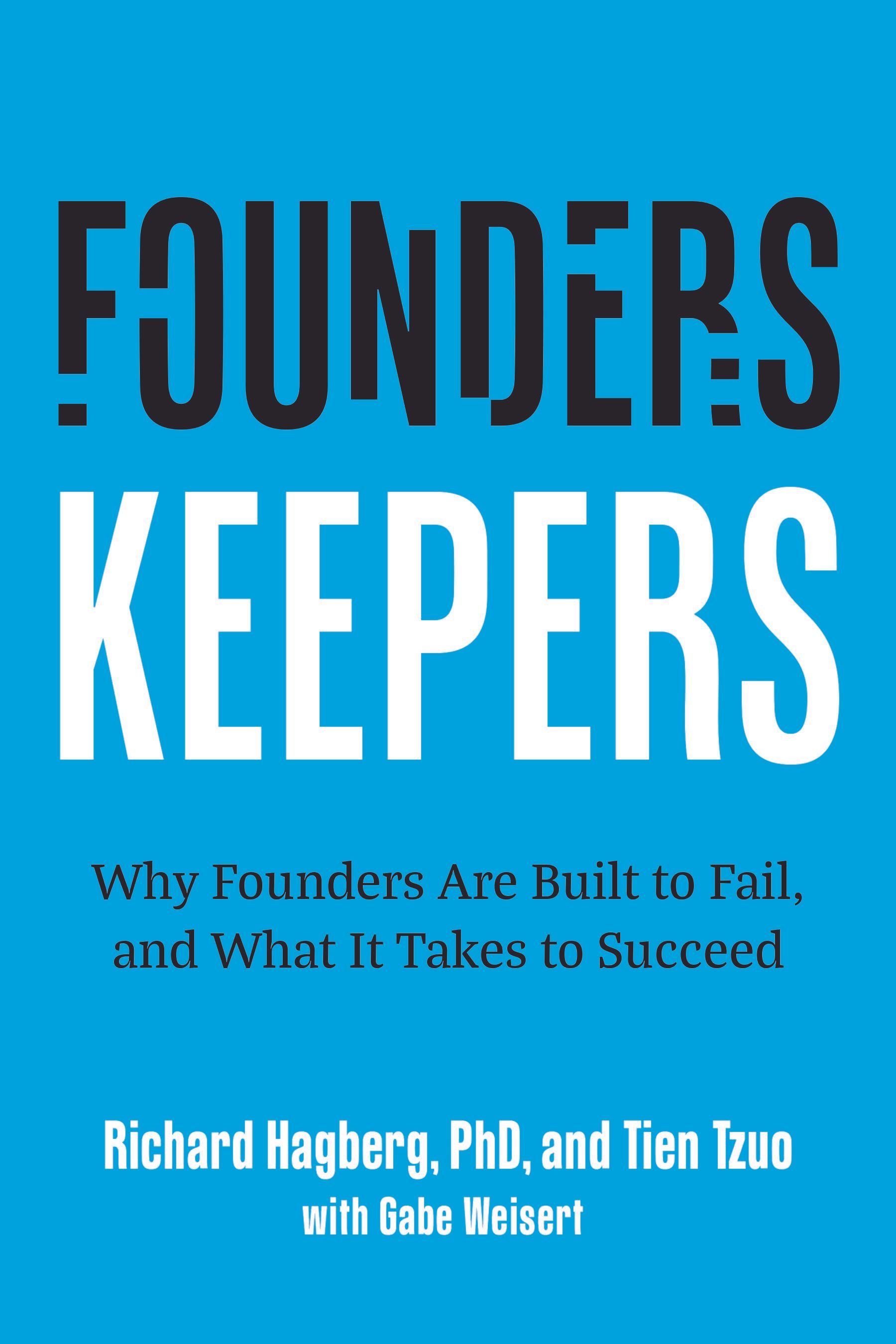Article
10 Strategies to Sharpen Your Decision-Making Skills as a Leader

As a leader, the ability to make sound decisions is a critical skill that directly impacts your organization’s success. However, the path to effective decision-making is often complex and fraught with challenges. In this article, we explore ten powerful strategies to sharpen your decision-making skills, ensuring that you navigate your leadership role with confidence and precision. From prioritizing deliberation and embracing velocity to building a diverse team and leveraging data analytics, these techniques will empower you to make informed, strategic choices that drive your organization forward.
1. Prioritize Deliberation in Decision-Making
Decision-making is at the core of leadership, but not all decisions are created equal. Distinguish between decisions that are reversible and those that are not. Avoid impulsive decisions on those that are irreversible and need thorough deliberation, what I call “bet the company decisions.” Prioritize careful analysis for the latter to avoid catastrophic outcomes.
2. Embrace Velocity and Avoid Paralysis
While careful deliberation is vital, speed in decision-making is equally crucial. Avoid deferring decisions to the point of stagnation. Adopt a culture that supports high velocity, making quick, informed choices that keep the organization agile and competitive.
3. Develop a Robust Decision-Making Framework
Establish a systematic approach to decision-making. Use frameworks like Lean Startup, SWOT Analysis, or Decision Trees to gather information, evaluate alternatives, and choose the best course of action. A disciplined process reduces impulsiveness and enhances the quality of decisions.
4. Build a Diverse Decision-Making Team
Surround yourself with a team of experienced and knowledgeable individuals. Leverage their insights and perspectives to mitigate personal biases and enhance the decision-making process. Diverse viewpoints lead to more balanced and informed decisions.
5. Focus on Critical Priorities
Identify and focus on the most critical priorities that drive the organization’s success. Learn to say no to distractions and non-essential tasks. Concentrate your time and energy on decisions that have the most significant impact on your business.
6. Define Problems Clearly Before Acting
Spend time accurately defining the problem before jumping to solutions. A clear understanding of the issue prevents misdirected efforts and ensures that you address the root cause rather than just symptoms.
7. Visualize Successful Outcomes
Have a clear vision of what success looks like for each decision. Define specific, realistic outcomes and use this vision to guide your choices. Knowing your destination helps you chart a more precise course.
8. Leverage Data and Analytics
Make data-driven decisions by collecting relevant facts and analyzing patterns. Use data and analytics to gain insights and guide your decision-making. This objective approach helps counteract personal biases and assumptions.
9. Differentiate Between Intuition and Impulse
Learn to distinguish between intuition, which is informed by experience, and impulse, which is driven by emotion. Trust your gut when it is supported by facts and experience, but avoid letting strong emotions drive your decisions.
10. Reflect and Learn from Mistakes
Regularly review and analyze past decisions to learn from successes and failures. Conduct post-mortems or retrospectives to identify what worked and what didn’t. Use these insights to improve future decision-making processes.
By integrating these strategies into your leadership approach, you can enhance your decision-making capabilities, leading to more effective and impactful outcomes for your organization.
share this
Related Articles
Related Articles





